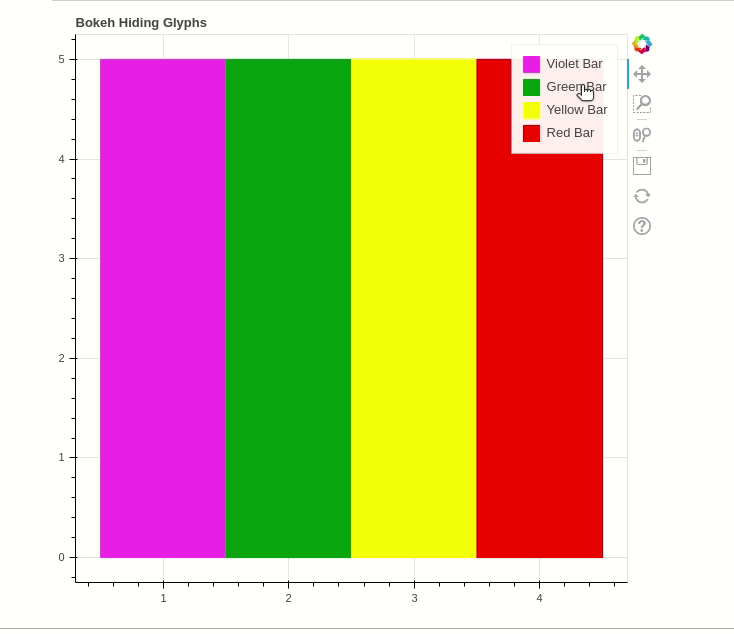


Alternative approach is to develop a small app that could be run locally, or that could be sent to colleagues to run locally. So, Jupyter notebook is one way to create visualizations through exploratory data analysis. 4), for instance Bokeh Crossfilter Example application that illustrates autompg dataset. The interactive application allows users to manipulate data and to obtain actual plots (Fig. These changes are automatically synced back to the browser, and the plot updates. There are Callback methods that allow for updating the data for the plot on the server. In this case, various widgets could be used for input values changing. html files, local or remote server application.Īpplication server is the most versatile and convenient way to distribute an application. There are two approaches to generate and save plots: simple. Plots are containers for glyphs, guides, annotations, and other tools. The plot is the key concept in Bokeh library. Determining where the visualization will be renderedĪt this step, you’ll determine how you want to generate and ultimately view your visualization. 4).ĭata preparing stage described in details in official documentation ( Providing Data - Bokeh 2.2.3 Documentation). Once the ColumnDataSource has been created, it can be passed into the source parameter of plotting methods which allows you to pass a column’s name as a stand-in for the data values (Fig. If one positional argument is passed to the ColumnDataSource initializer, it will be taken as data. The ColumnDataSource takes a data parameter which is a dict, Pandas DataFrame. When data is passed like this, Bokeh works behind the scenes to make a ColumnDataSource for further plotting.Īt the most basic level, a ColumnDataSource is simply a mapping between column names and lists of data.
Bokeh python full#
The full code for Bitcoin data visualization in Jupyter notebook is provided ( bokeh-bitcoin-data.ipynb) with resulting BTC.html ( BTC.html). NumPy arrays are used as data storage (Fig. This dataset contains CSV files for select bitcoin exchanges for the time period of Jan 2012 to December 2020, with minute to minute updates of OHLC (Open, High, Low, Close)
Bokeh python series#
Let us consider Bitcoin historical data as an example of time series data preparation for visualization (Fig. There are several Python data structures that could be used for further Bokeh visualization: How do you prepare data using libraries such as Numpy and Pandas to transform it into a form that is best suited for your intended visualization?īokeh allows the use of standard Pandas and NumPy objects for plotting. What are the steps involved in building a visualization using Bokeh? Preparing the data Typically, this is Python code run by a Bokeh server when new sessions are created. In a nutshell, we will go through the process of Bokeh application creation that is a recipe for generating Bokeh documents. db files with widely used datasets, for instance, Apple NASDAQ index, Airline on-time data for all flights departing etc.

There is a bokeh.sampledata module with prepared. Bokeh provides a Python API to create visual data applications in D3.js, without necessarily writing any JavaScript code.” Interactive data visualizations provide valuable means for exploring data. In his project, Visualizing Anomalies in the Dataset, David Miller, a U.S.-based Python engineer at Education Ecosystem, notes that “Data visualization is key to understanding the information contained in the data. Quickstart user guide is definitely a must-try, for instance. There is very detailed documentation at, among other advantages. Adding interactivity to your visualizations.Customizing your visualizations using Bokeh.Using Bokeh to transform your data into visualizations.This article will show how Bokeh is a powerful tool for exploring and understanding your data or creating beautiful custom charts for a project or report. Bokeh library is designed for both interactivity and novel graphics, with or without a dedicated server or reliance on Javascript. Data understanding is a crucial data analysis stage according to the CRISP-DM standard ( Cross-industry standard process for data mining), and data visualisation is the most useful approach here.


 0 kommentar(er)
0 kommentar(er)
